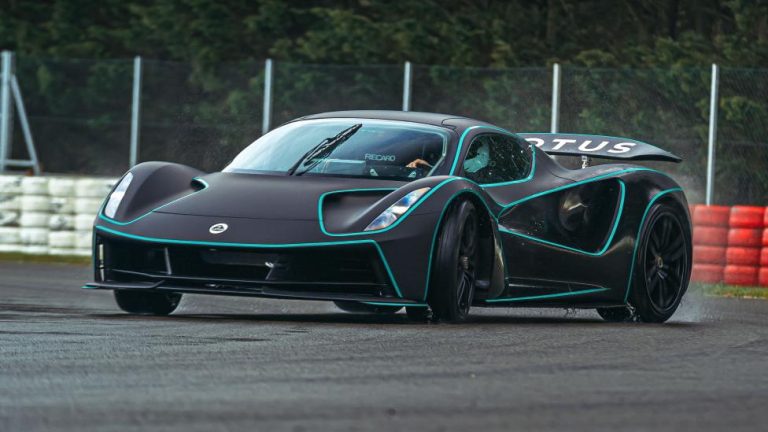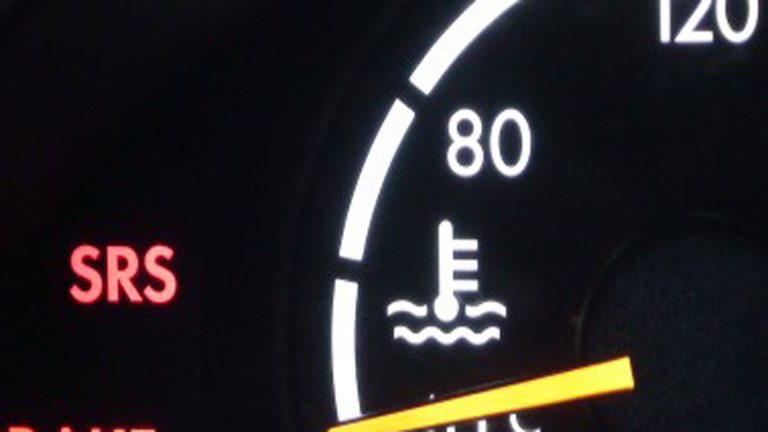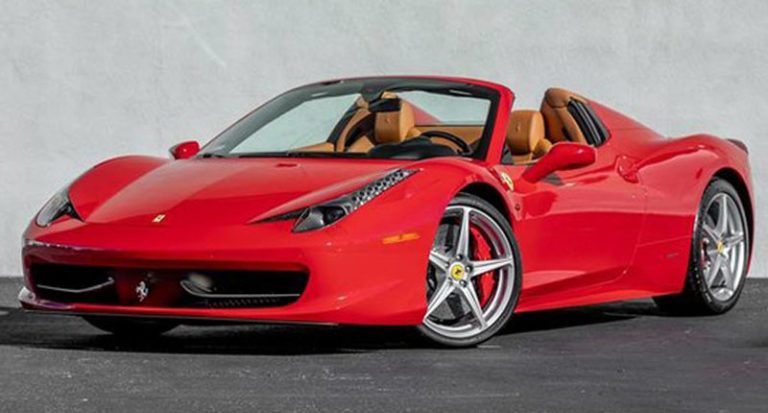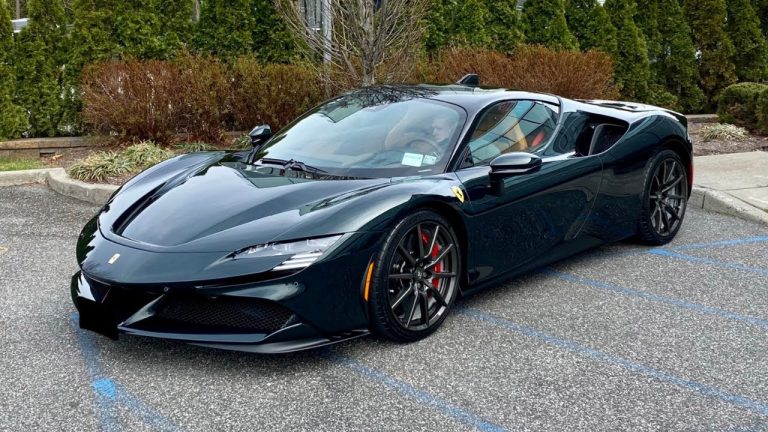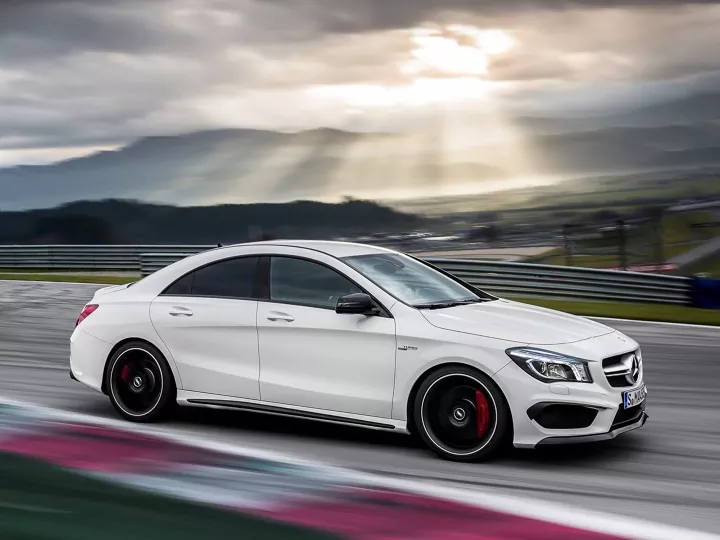What’s The Safest & Most Dangerous Car Color?
When you’re in the market for a new car, you’re likely considering multiple factors — from the make and model to the gas mileage. But have you ever stopped to ponder the potential impact of your car’s color on your safety? Believe it or not, some studies suggest that the color of your car could influence your chances of being involved in an accident.
Black, gray, silver, and blue — these aren’t just popular car colors. They’re also the hues that, according to research, tend to be involved in accidents more frequently. From blending into the background to being less visible in certain environmental conditions, these colors might just be more than a stylistic choice. They could be a safety concern. In this post, we’ll find out which car color is considered the most dangerous, backed by research and statistics, to help you make a safer choice for your next vehicle purchase.
What Is The Most Dangerous Car Color?
The most dangerous car color, in terms of visibility and accident rates, is typically reported to be black. Black vehicles are harder to see during low light conditions such as night, dawn, and dusk. According to several studies, including one from Monash University Accident Research Centre, black cars have a higher likelihood of being involved in crashes than cars of lighter colors like white, yellow, or gold, which are more visible under most conditions.
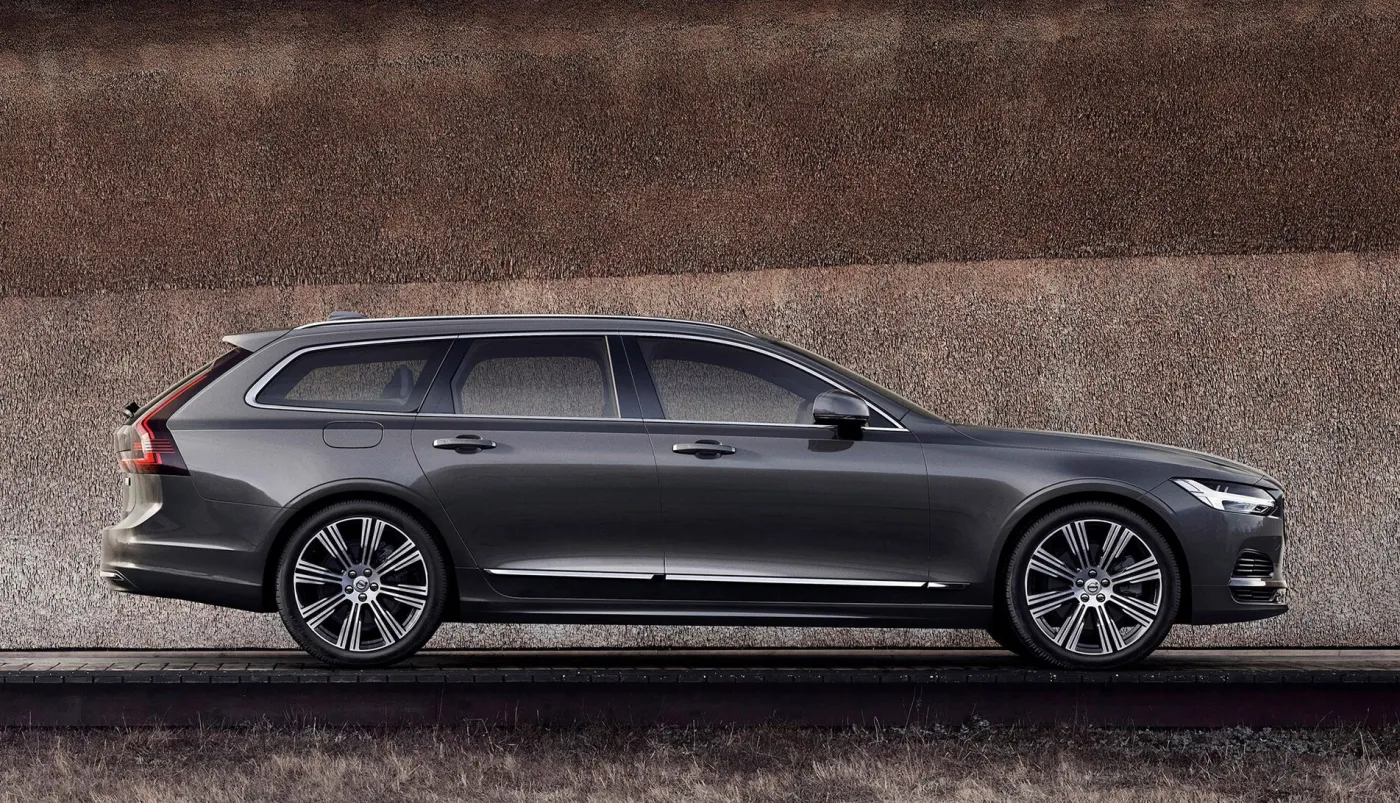
Other dark colors like blue, gray, and green also tend to have higher accident rates compared to brighter colors. These colors do not stand out as well against the road and background environments, making them less visible to other drivers, especially under poor lighting or adverse weather conditions.
What Is The Safest Car Color?
The safest car color, generally considered for its visibility to other drivers, is white. White cars are easier to see in a variety of lighting conditions, including during the day, at dawn, dusk, and even in low visibility conditions like fog or heavy rain. This increased visibility can lead to fewer accidents.
Studies, such as those conducted by the Monash University Accident Research Centre, have supported the idea that white cars are less likely to be involved in accidents compared to darker colors. Bright colors like yellow are also often noted for their safety benefits, especially for certain types of vehicles like school buses and emergency vehicles, due to their high visibility.
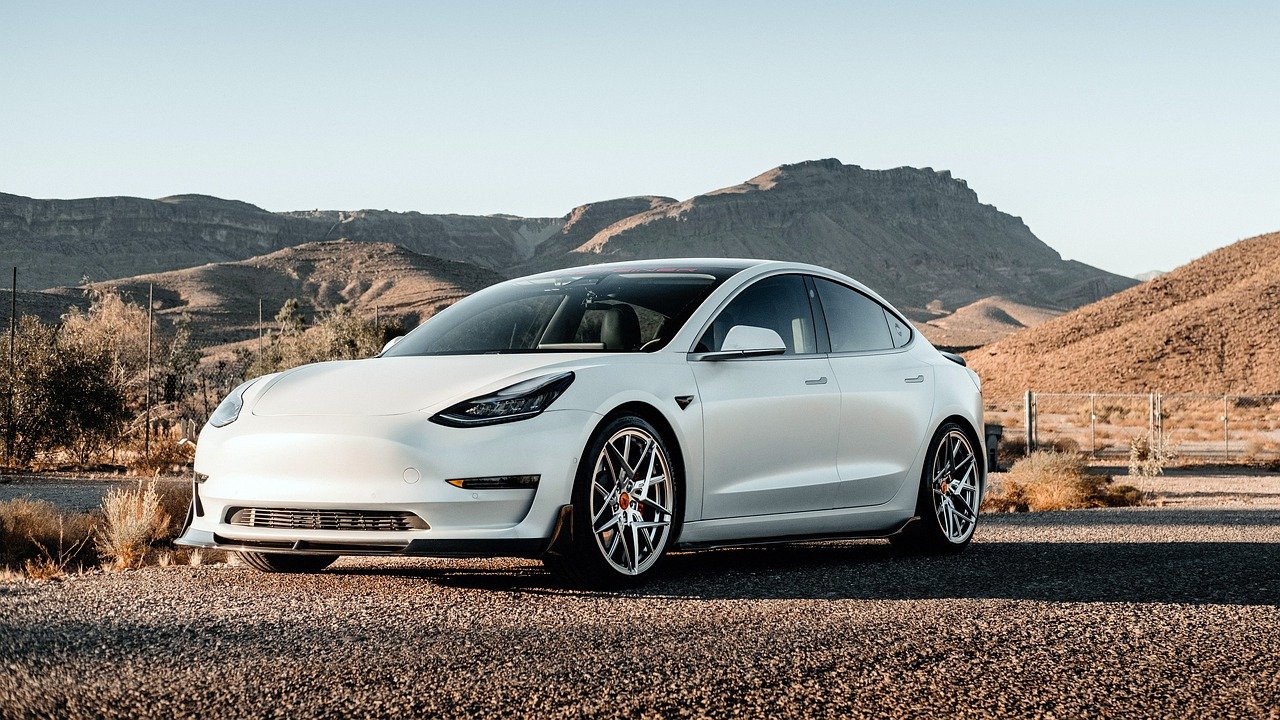
Other light colors such as bright silver also perform well in terms of safety because they reflect light effectively, which enhances their visibility to other drivers.
What Car Colors Have the Most Accidents?
Car colors that are typically associated with higher accident rates are darker colors due to their lower visibility under certain conditions. Among these, black cars are often reported to have the highest accident rates. The main reasons include:
-
Low Visibility: Black cars are harder to see during nighttime, as well as during dawn and dusk. Their low visibility can also be a disadvantage in bad weather conditions like rain or fog.
-
Heat Absorption: Black vehicles absorb more heat, which doesn’t directly contribute to accidents but can affect the comfort and condition of the vehicle over time.
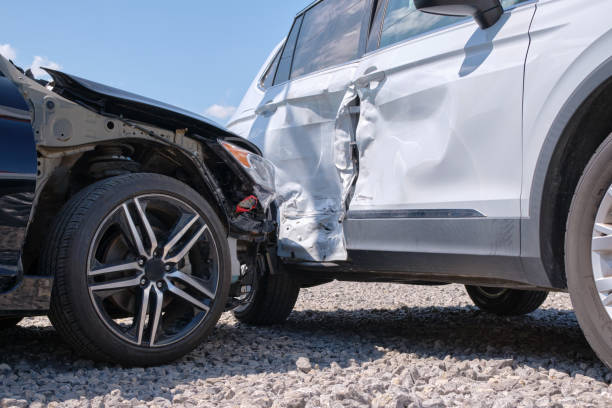
Other dark colors that tend to be associated with higher accident rates include:
- Gray: Similar to black, gray cars blend into the road and the surroundings, especially on overcast days or in heavy fog.
- Blue: Darker shades of blue can also be difficult to see during the night or in poor lighting conditions.
- Dark Green: Like other dark colors, dark green can be difficult to discern from the driving environment.
These colors tend to be less visible compared to brighter and more reflective colors like white, yellow, and orange, which are generally regarded as safer because they stand out more clearly against their surroundings.
Car Colors to Avoid For Safety Reasons
When considering safety in terms of visibility, certain car colors are typically advised to be avoided, especially if you’re concerned about being easily seen by other drivers under various driving conditions. Here are some car colors that are generally considered less safe due to their lower visibility:
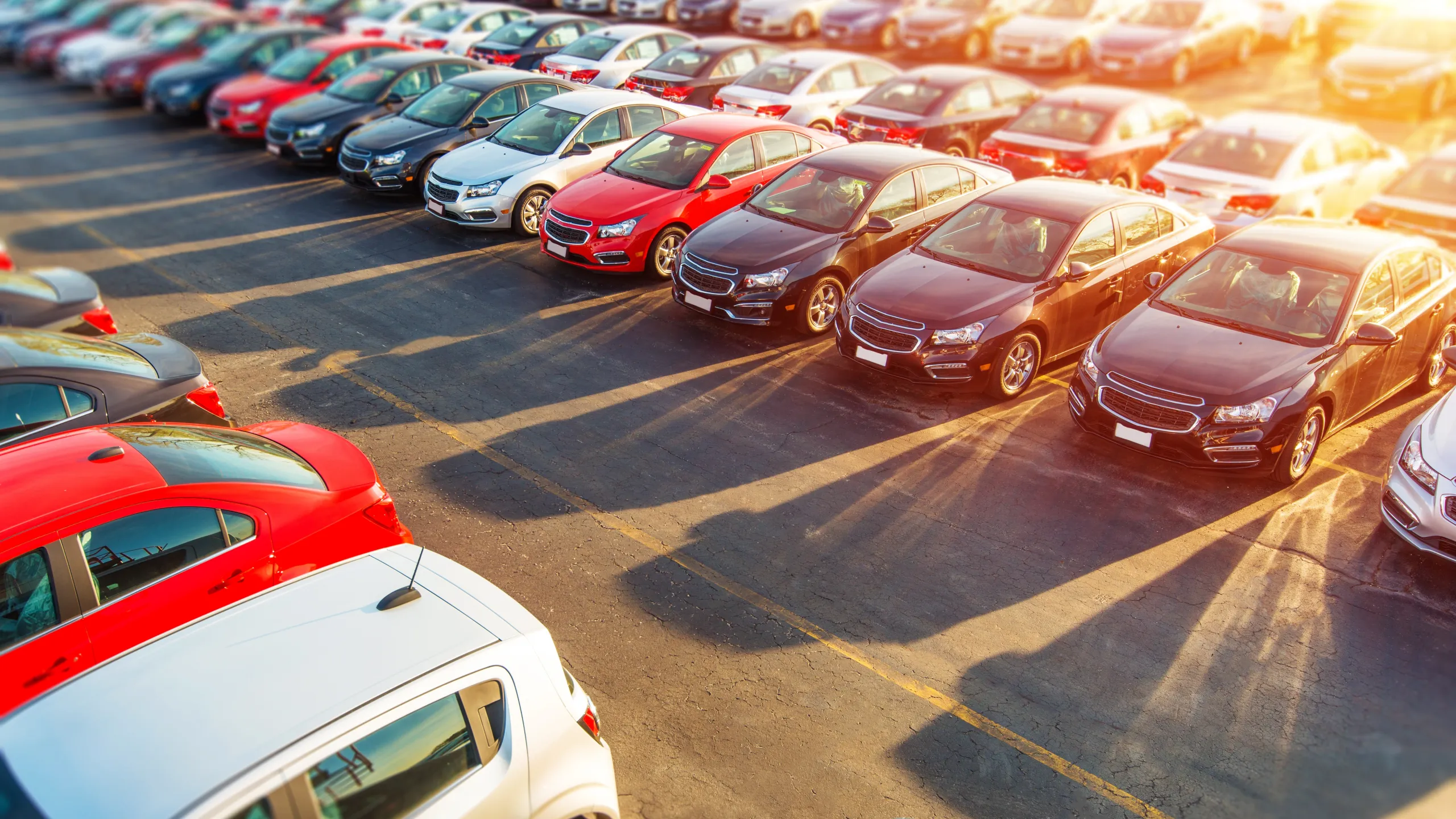
-
Black: This color is particularly hard to see at night and in poor weather conditions, making it one of the least safe car colors in terms of visibility.
-
Gray: Gray cars can blend into the road and urban environments, especially on cloudy, rainy days or during dusk and dawn, which reduces their visibility.
-
Dark Blue: While not as dangerous as black or gray, dark blue cars can still be difficult to spot in low light conditions.
-
Dark Green: Similar to dark blue, dark green cars can blend into the background in areas with lots of vegetation or during twilight hours.
-
Brown: Brown vehicles can merge into their surroundings, particularly in rural or fall settings where earth tones are prevalent.
-
Dark Red: Although not as risky as the colors above, dark red can still be less visible in certain lighting conditions compared to brighter and more reflective colors.
What Car Color Has the Least Accidents?
The car color with the least accidents is typically white. White is considered the safest car color due to its high visibility under various lighting conditions, including at night, during fog, and rain, and even on bright sunny days. Studies, like those from the Monash University Accident Research Centre, have consistently shown that white vehicles are involved in fewer accidents compared to darker-colored vehicles.
Other colors that are associated with lower accident rates include:
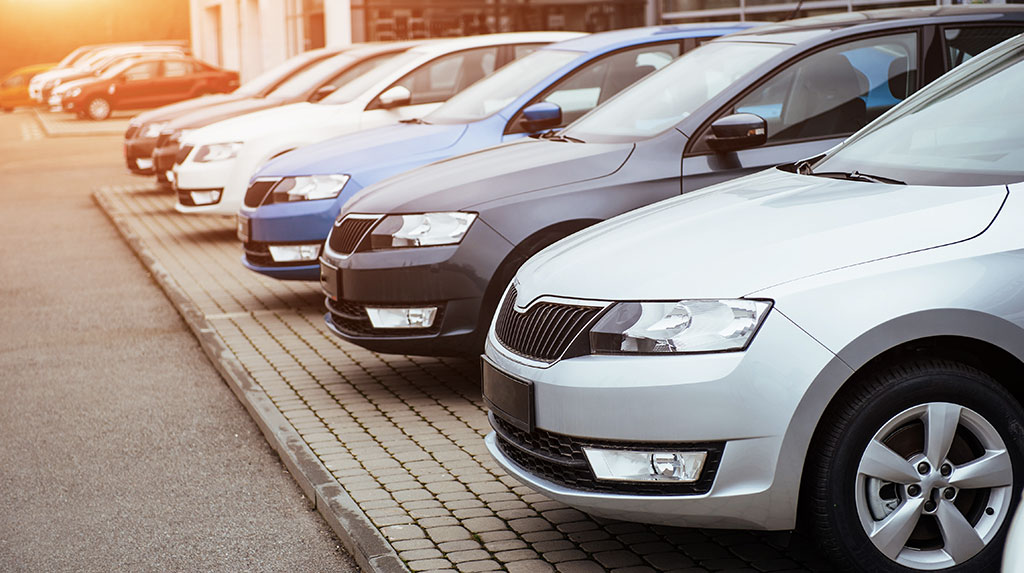
- Yellow: Often used for school buses and some emergency vehicles, yellow is highly visible in most conditions, contributing to its safety profile.
- Bright Orange: Similar to yellow, bright orange stands out well in various environmental backgrounds and lighting conditions.
- Light Silver: While not as visible as white or yellow, light silver cars reflect a significant amount of light, making them relatively safer than darker shades.
These colors are more likely to be noticed by other drivers, reducing the likelihood of collisions. If safety is a primary concern when choosing a car color, opting for one of these lighter and more reflective shades can be beneficial
Frequently Asked Questions
What color car is the most hazardous?
Black, grey, silver and dark blue cars are more prone to accidents due to their poor visibility. They tend to blend in with the surroundings, which increases the likelihood of accidents.
Are white cars truly safer?
Yes, white cars were deemed 12% less prone to being involved in accidents than black vehicles. This validates the perceived safety of white cars due to their high visibility.
Do external elements affect safe driving?
Certainly. Even though the color of your car can influence visibility, other external factors such as distracted driving, aggressive behaviors, and city elements notably influence accident rates. This reinforces the need for alert and safe driving.
Does color selection guarantee safety on the road?
No. While selecting high-visibility colors may mitigate risks, safety on the road isn’t solely dependent on it. Alongside a visible car color, one must maintain a vigilant, cautious, and non-aggressive driving attitude to ensure safety.

Hi! I’m Larry Gibbs, studying mechanical engineering with a focus on cars. I really love Ferraris and write blog posts about the latest car stuff. When not studying or blogging, I’m usually on a road trip exploring new places. I also enjoy playing football and watching movies. Life’s an adventure, and I’m all about enjoying the ride!

